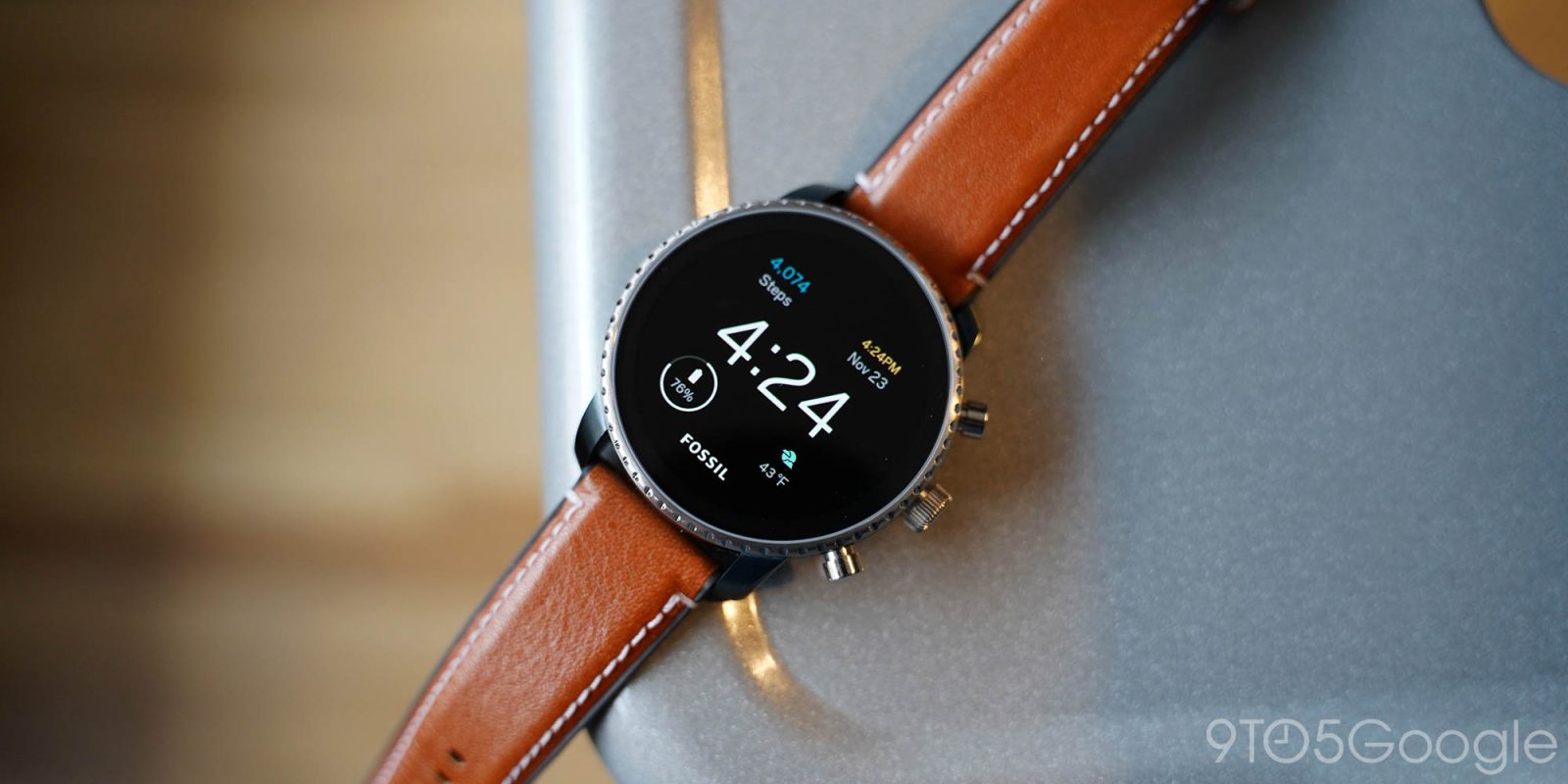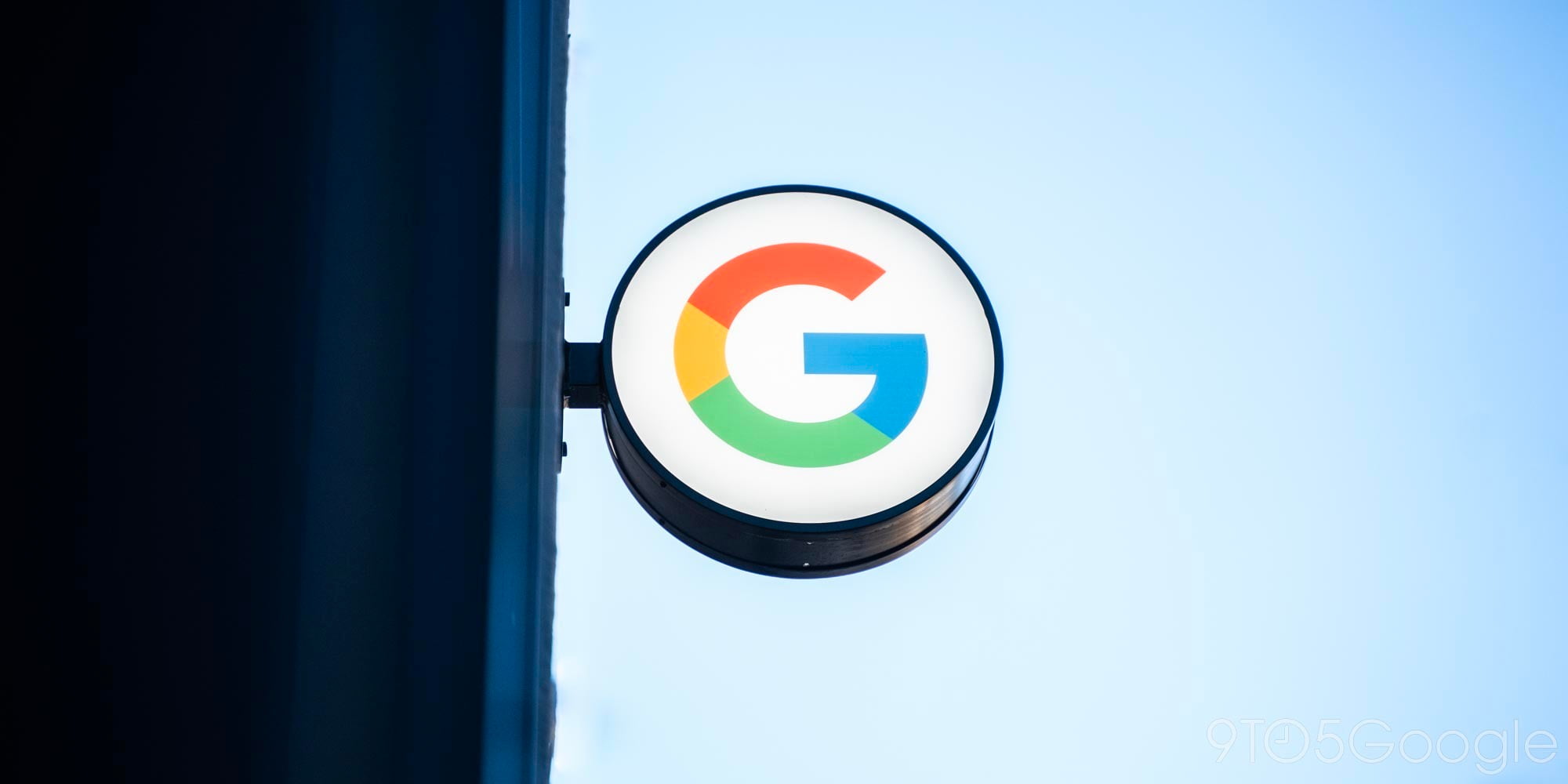
Fossil announced this month that it was done with smartwatches, with no more Wear OS models coming. And, according to new data, despite really being the only name in Wear OS for years, Fossil struggled to make any real impact on the market.
In its reveal that it would no longer make smartwatches, Wear OS or otherwise, Fossil said that the move was a “strategic decision” as “the smartwatch landscape has evolved significantly.” And, indeed, things have changed drastically since Fossil started this whole project.
Fossil launched its first generation of Wear OS watches in 2015 with the Fossil Q Founder. At the time, the platform was still called “Android Wear,” and Fossil Group was just one of many brands trying out the platform. Motorola, LG, Asus, Huawei, and more were all making smartwatches at the time. But, one by one, those names all started to drop off the map while, on the other side of the wall, the Apple Watch was selling millions and really changing the game for the smartwatch market.
For quite a while, Fossil was the only “big” name in Android smartwatches. Mobvoi’s TicWatch brand offered some good hardware at affordable prices, but Fossil was a more recognized and trustworthy name and usually had a wider variety of designs too. Plus, in terms of sheer numbers, Fossil Group was kicking out a huge number of smartwatches under brands such as Skagen, Michael Kors, Kate Spade, and several others.
Yet, the strategy didn’t seem to manage to make a big impact.
According to Francisco Jeronimo of the IDC, Fossil sold roughly 19 million smartwatches between 2015 and 2023. That’s a mere 2.2% of the market during that time, and pales in comparison to the whopping 248 million Apple Watches sold over those same years. Apparently, Fossil’s peak was in 2017, when it captured 6.7% of the market.
Why did Fossil struggle? There’s no singular reason, really.
The brands under Fossil Group are certainly best known for traditional watches, which likely played a role, but Google’s platform was also severely neglected through the years Fossil was especially active, which held back the functionality of Fossil’s releases. Qualcomm’s smartwatch-focused Snapdragon chips, which Fossil used, were also severely underpowered until just recently, which often led to Fossil watches feeling even more slow and laggy compared to Android Wear and Wear OS options from other brands.
Regardless, Fossil is quite literally a key reason why Wear OS still exists today. It’s a shame to see Fossil Group’s various brands going by the wayside, but given this new data, it’s also rather understand why the company is throwing in the towel.
More on Wear OS:
- Samsung and Google are preparing Wear OS 5 based on Android 14
- Google News Tile for Wear OS 2 is shutting down soon
- OnePlus may debut its first Wear OS smartwatch in February
Follow Ben: Twitter/X, Threads, Bluesky, and Instagram
FTC: We use income earning auto affiliate links. More.



Comments